[Part 1] Secondary fermentation, carbon dioxide, dosage and dead bodies – Bring on the Bubbs!
After sipping my way through an assortment of still AF wines, countries and styles – yes I’m still here – one would think I had enough of the fermented grapes. Well, somewhat. Since writing “T is for – Trigger Warning”, my mind has been occupied with the bubbles. Not like full-on-all-I-think-about-when-I-get-up-in-the-morning, but every now and then, the Bubbs pop into my head (yes I know, very clever indeed).
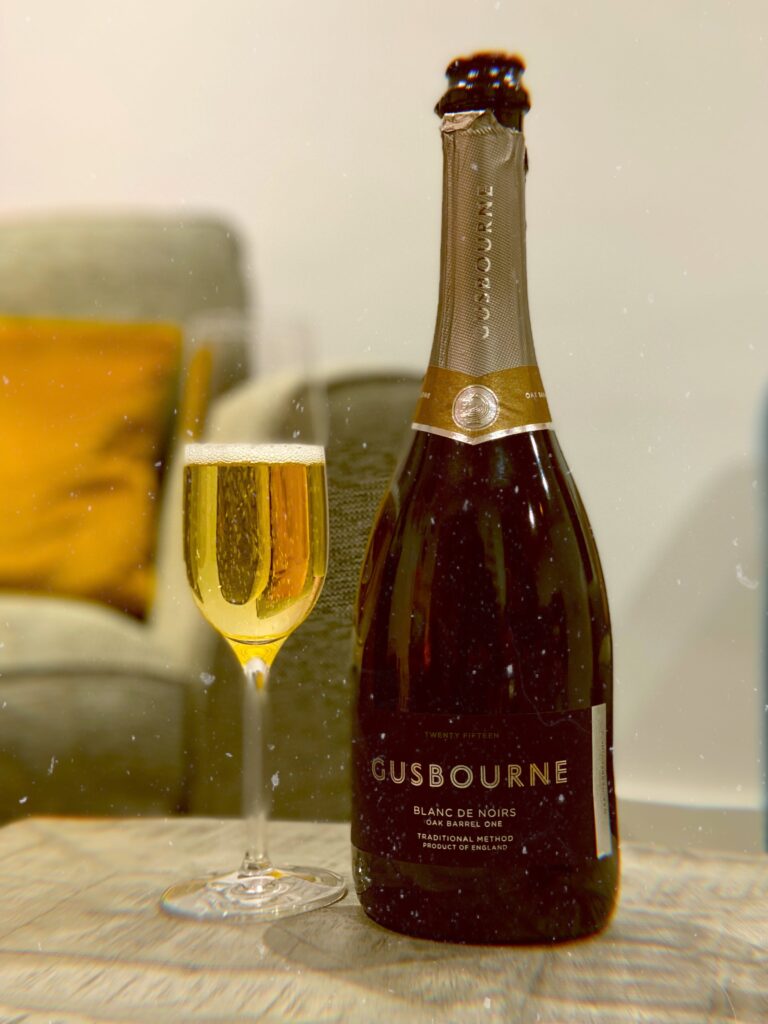
If you have grown up in a family similar to mine, and a celebration called for a drink, the sparkling wines would come out. Be that a birthday, a graduation, a new job, or Christmas.
Even now, if I’m home for Christmas I have glass of sparkling rosé with my godmother. Ever since I can remember, my mum would bring out a chilled bottle and pour three glasses: one for my godmother, one for my sister and one for me. It’s always been that way.
Speaking of festivities, I still have some Prosecco[i], thanks to the father-in-law’s Christmas gifting, trapped in a bottle on my shelf, which I believe needs rescuing…
Husband, get our finest flutes out!
The first time I was officially allowed to drink Sekt[ii], (or indeed, drinking Sekt in front of my parents), was when I was 14, after my confirmation. Not that religion played a huge part in my parent’s life – maybe it was more of a “what would the neighbours think”, or maybe they just didn’t want their daughter to miss out on the important ritual in an adolescent’s life – the first hangover from sparkling wine! Yup, distinguished reader, I give you, my parents!
Typically, on said day, after the service, you, dressed in your finest threads, end up somewhere for lunch with your family and you’re handed your first flute of the bubbs!
Oh how it sparkled! I can still hear the bubbles burst!
Without much to compare it too, you drink one, maybe two glasses, maybe have another mixed with some orange juice, and then start to feel woozy. Classically, just at the point in the day your best friend pops around. Obviously, your parents pour a little glass for your bestie, and you, who is now on the third or fourth, and toast to both of you for looking so lovely and grown-up. You then get out of there and walk together to another friend’s house, only to repeat the ritual. From there the three of you continue the journey through the town, stopping at another friend’s house and getting sozzled. Sounds familiar? No? Maybe just me then. Obviously, the measures you’re having are very small, you’re 14 after all, and the grown-ups are not monsters trying to get you wasted. It’s is a coming of age thing, and anyway in 1-2 years you will be legally allowed to buy Sekt if you wanted to. I’m pretty sure every single one of those parents who popped the corks and filled our glasses smirked knowing how we would feel the next day – sticky, sickly and unlikely to touch that stuff again for some time. Some growing up rites just seem to work, don’t they?
These days, my go-to bubbles are made not with grapes, but with apples! I love me some Méthode Traditionnelle cider![iii
And what sounds rather awesome whispered in a French accent, Méthode Traditionnelle is also known as Méthode Champenoise, Methode Cap Classique, Metodo Classico, klassische Flaschengärung, traditional method and [deep inhale] Champagne method [exhale]. Those definitions and specific names are all depending on where the stuff is being made.
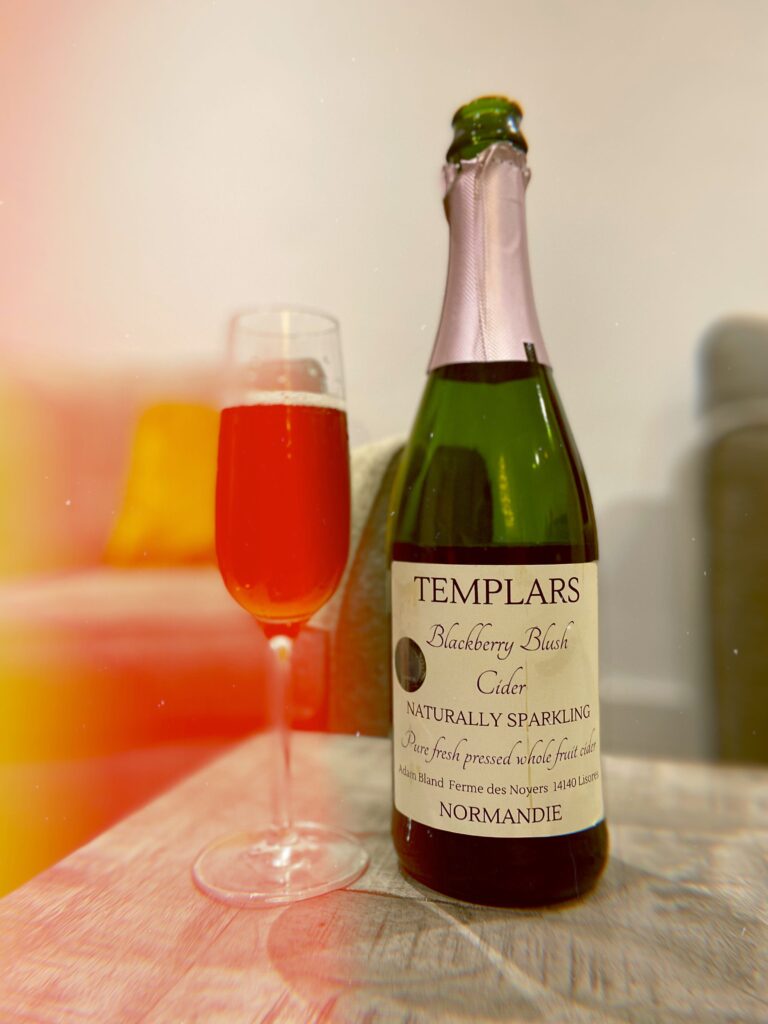
But that is only one way to get the bubbles going, some producers employ a slightly different approach to create the fizz – this is known as Charmat Method, Marinotti Method, Metodo Italiano, Cuvée Close, autoclave and/or tank method.
And others may use a method known as Méthode Ancestrale, which is also known as Pétillant Naturelle (‘Pét Nat’) to create gentle naturally sparkling ciders, but more on that later.
I know what you’re thinking, these terms seem to be almost exclusively wine-centric, but do bear in mind, that making cider is indeed a lot like making wine – you harvest fruit, crush them and ferment their juices (on a very basic level that is).
Side Note The online Cambridge Dictionary defines wine as “an alcoholic drink that is usually made from grapes, but can also be made from other fruits or flowers […]”[iv] and Mirriam-Webster goes with “[…] the alcoholic usually fermented juice of a plant product (such as a fruit) used as a beverage […]”[v]
And then we have forced carbonation …
So, is one ought to remember all this? No, one does not: simply put, all those methods produce fizz. I’ve included a little cheat sheet at the end just in case you want to impress at your next dinner party.
It may help to take a step back and remember that fruit juice, with the help of wild or cultured yeast will ferment into cider or wine. Depending on the yeast, fermentation will naturally stop either because the sugars have run out, or the alcohol levels are too high for yeast to function properly. Yeast cells are their own worst enemies… The resulting liquids are dry and still, as the carbon dioxide is allowed to leave the liquid. If you want bubbles, you have to introduce that liquid to an additional source of fermentable sugars. Queue – secondary fermentation, and our good old friend Mr. J. W. Gent.
“[…] Bottling of Cider.
Drawing of Cider into Bottles, and keeping them well stopt for some time is a great improver of Cider. This is done after it is thoroughly purified, and at any time of the year: if it be bottled early, there needs no addition, if having Body and Spirit enough to retrieve in the Bottle what is lost in the Barrel; but if it hath been over-fermented, and thereby become poor, flat and eager, them in the bottling if you adde a small quantity of loaf-sugar, more less according as it may require, it will give a new life to the Cider, and probably make it better then ever it was before, especially if it were but a little acid, and not eager. […]”[vi]
And I thought I wrote in long sentences… Simply put, what J. W. Gent wanted to convey is as follows: Bottle your cider before it has fully fermented (this is indeed known as Méthode Ancestrale, or add some sugar (dosage in wine-speak) to your fully fermented dry cider to re-ignite the magic of the yeast, a.k.a. Méthode Traditionnelle and Charmat Method – job’s a good ‘un.
If you prefer smoother and creamier sparklers, with perhaps hints of nuts, bread and yeast, choose traditional method bottles. The bubbles in those liquids will be finer and less aggressive then tank method produced bubbles. You will also get a very unique liquid, as each bottle has undergone its own distinct secondary fermentation, disgorgement and dosage.
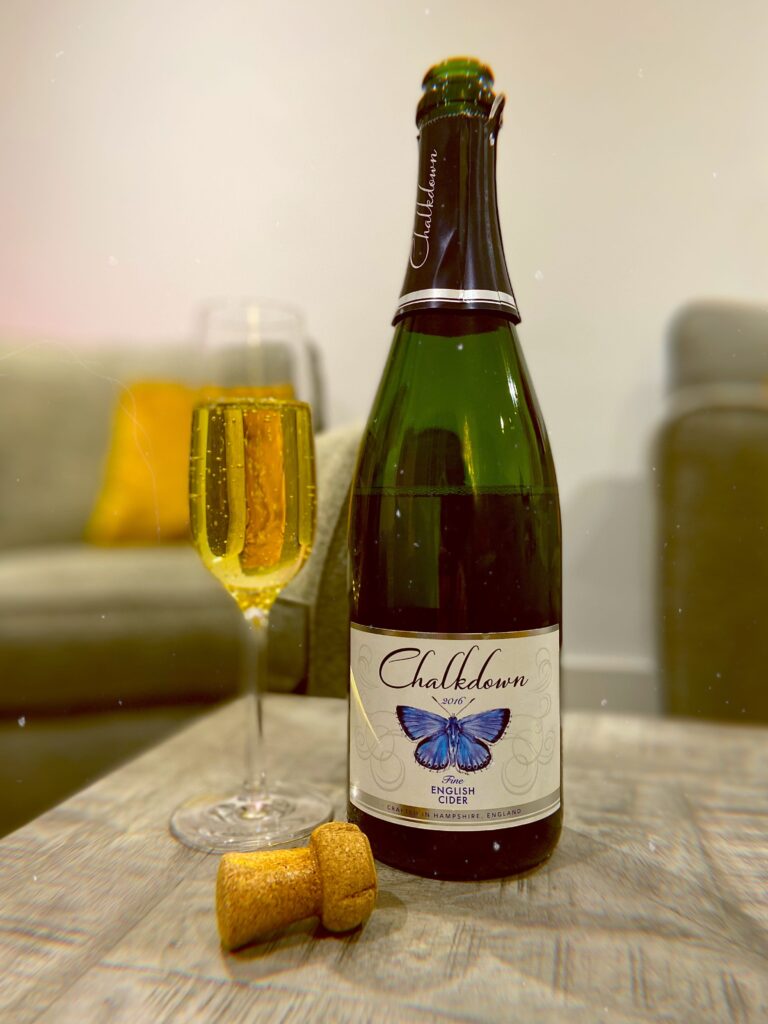
Oh come one now Lisa, not only a platoon of foreign names but also more random words?
Stay with me if you don’t know these terms as theyare not complicated at all:
The traditional method, as much as the tank method actually, involves a liquid filled with fermentable sugar, well, fermenting in a sealed bottle, and tank respectively. Added yeast, either natural or cultured, feasts on the sugar and produces alcohol and carbon dioxide, i.e. the bubbles. Yeast cells are gourmets, but they don’t know when to stop – and due to their gluttonous nature, they are little suicide machines and eat themselves to death. Thankfully though, as we wouldn’t have alcohol and bubbles if it wasn’t for them. We salute you little buddies!!
All you really need to know about disgorgement now is, that it simply refers to the removal of dead yeast cells, known as lees, from the liquid. During this, a small amount of liquid is unfortunately lost too, and replacing said liquid with cider/ juice /wine with a bit of sugar to top the bottles back up, is called dosage.
If fruitier sparkling wines are your thang, look out for tank method examples. Here, the bubbles tend to be a bit coarser and ever so slightly bigger, and due to a typically shorter fermentation, the fruit speaks louder than the yeast – think less of the bready, nutty aromas and flavours, and more fruit juiciness. Only once fermentation is complete, the liquid is bottled, and as a result, overall sensual experience of tank method liquid could be described as almost less intimate, but more fun, perhaps even louder, but certainly friendly and happy.
Anyway, for simplicity and because sparkling wine is far better known (although we are here to change this!!), we can look to the wine world: traditional method = smaller bubbles, yeasty and creamier, think Cava, Champagne and Crémant, and tank method = larger bubbles, fruity and coarser, think Prosecco and Lambrusco. And my Sekt? Typically tank method, but can also be produced using the traditional method. Try both responsibly and let me know what you think.
It is worth jotting down that both methods produce a naturally sparkling product – the bubbles are an integrated part of the liquid. They were trapped in there a long time after all, go figure.
Producing fizz through the tank method is a bit more complicated. Here the cider- (or wine-) maker needs to know what they are doing. And producers choosing the traditional method? They could have bottle-shaped ticking time bombs in the hands if they are not careful. Those bottles are under enormous pressure, and if everything has gone to plan, i.e. enough but not too much yeasty action, they won’t explode. They can however still cause damage, so safety first: always remember to cover the cork and point way from people and delicate things when opening a sparkler!
Ok, now we’ve got the basics done, let move away swiftly from the wine world and put an end to the myth that good ol’ French monk Dom Pérignon gifted us the Bubbs. Uh uh girlfriend, he didn’t! But you don’t have to take my word for it though, as fellow Oxonian and cider writer James Crowden points out:
“[…] Yet it was Oxford men who pioneered the ingenious technique of bottling cider for a year or two often with a bit of extra sugar, thus containing a secondary fermentation without the bottle exploding. […] Think mid-17th century – 1632-1662 to be precise. […] the French monk Dom Pérignon, who is often credited with inventing champagne, was only born in 1638 […]”[vii]
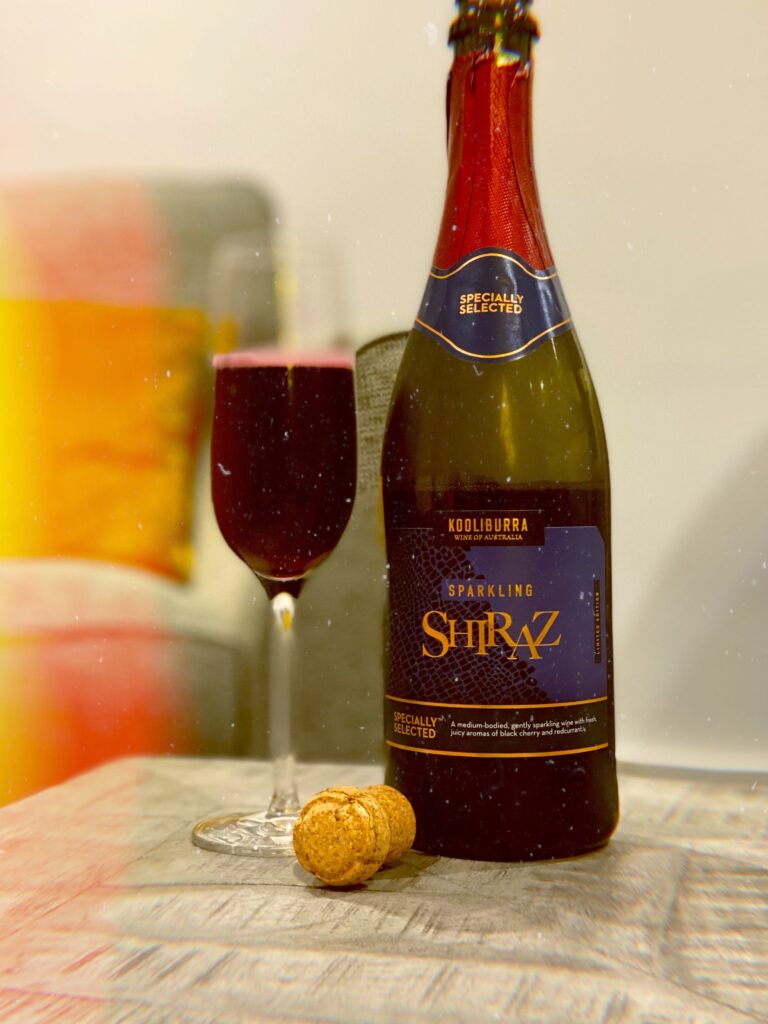
Go Dark Blue, I say!
So, actually, peeps have been drinking English sparkling cider while the French champagne industry was still trying to learn how to use a spoon and shaking a rattle. Yet, can you name a sparkling cider, or perry, with the same pizazz and clout as, let’s say Dom Pérignon? Thought so… Think back to your last party, did they serve sparkling cider? Have you sipped on one celebrating New Year’s Eve? Unlikely, but not impossible.
When I say sparkling, you say? – Wine!
I rest my case… no, I don’t actually: I challenge you to go forth and discover sparkling cider! Go, go now
If you need some inspiration or a way to start your journey, I’ve included some examples below, which I’ve recently enjoyed. But there are plenty of options. If you can, I suggest you pop down to a cidermaker of your choice and speak to them. I have yet to encounter someone in the cider industry who doesn’t want to talk cider.
And, to bring my point home, next time a day calls for the Bubbs – say no to the grapes and opt for some apples and/or pears.
Chin-chin!
Wassail xxx

[i] Prosecco – a white wine, slightly or (usually) fully sparkling and ranging from dry to medium sweet, from the Veneto region of north-east Italy; (also) the grape from which this wine is made. Oxford English Dictionary Prosecco, n. https://www.oed.com/view/Entry/263730?redirectedFrom=prosecco#eid [Accessed 18/01/2023]
[ii] Sekt – a German sparkling white wine or champagne. Oxford English Dictionary Sekt, n. https://www.oed.com/view/Entry/175005?redirectedFrom=Sekt#eid [Accessed 18/01/2023]
[iii] And to be honest, some of the finest sparkling wines can’t hold a candle to some sparkling cider and perry!
[iv] Cambridge Dictionary wine, noun https://dictionary.cambridge.org/dictionary/english/wine [Accessed 01/02/2023]
[v] Mirriam-Webster wine, noun https://www.merriam-webster.com/dictionary/wine [Accessed 01/02/2023]
[vi] Gent, J. W. (1676) Vinetum Brirannicum: or, a Treatise of Cider, and such other Wiens and Drinks that are extracted from all manner of Fruits growing in this Kingdom Chapter V, 5- Of tunning, bottling, and preserving Cider, pp.106-107
[vii] Oxford Alumni OXFORD, SPARKLING CIDER AND THE MÉTHODE CHAMPENOISE Published: 9 August 2021 https://www.alumni.ox.ac.uk/article/oxford-sparkling-cider-and-the-methode-champenoise [Accessed 18/01/2023]
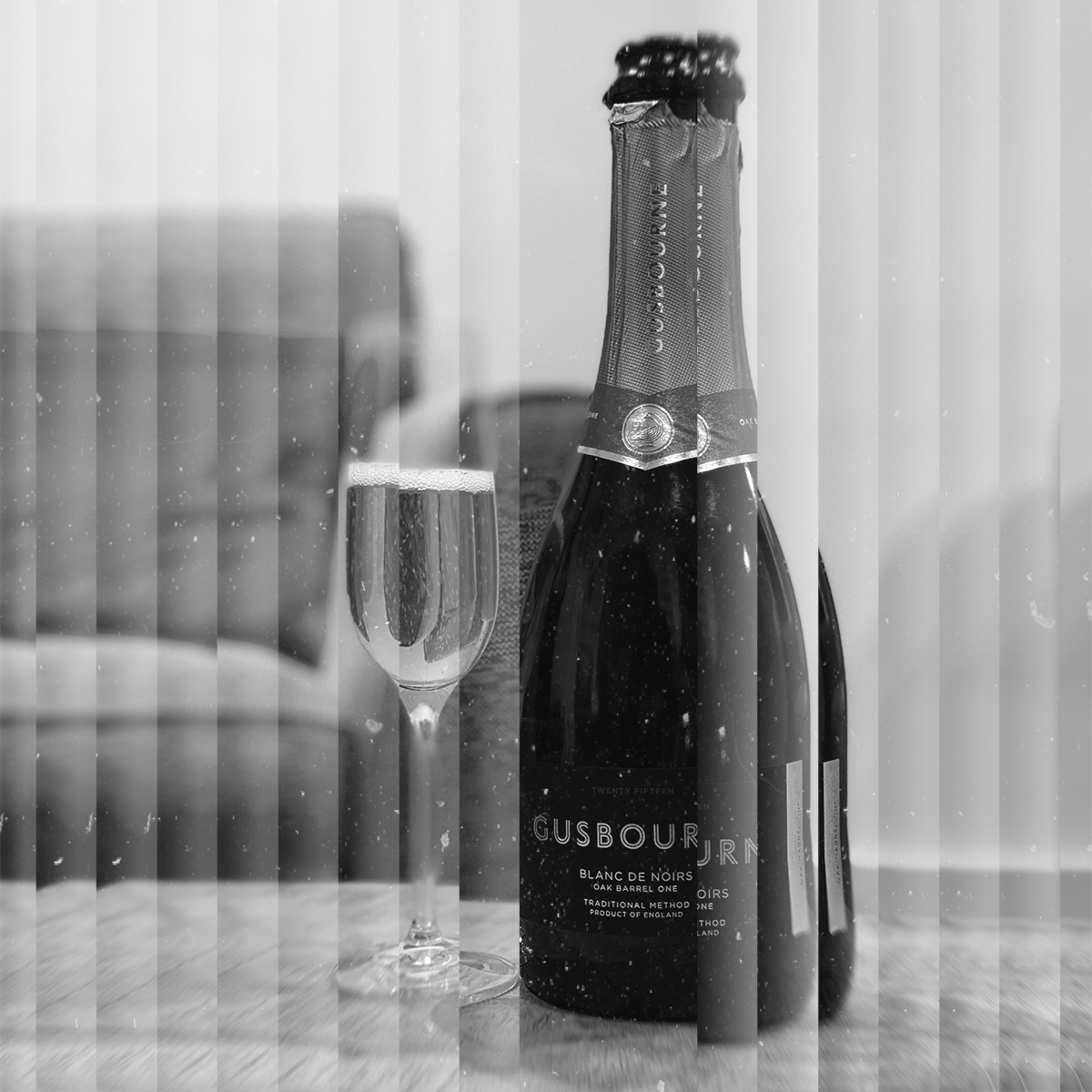
Leave a Reply